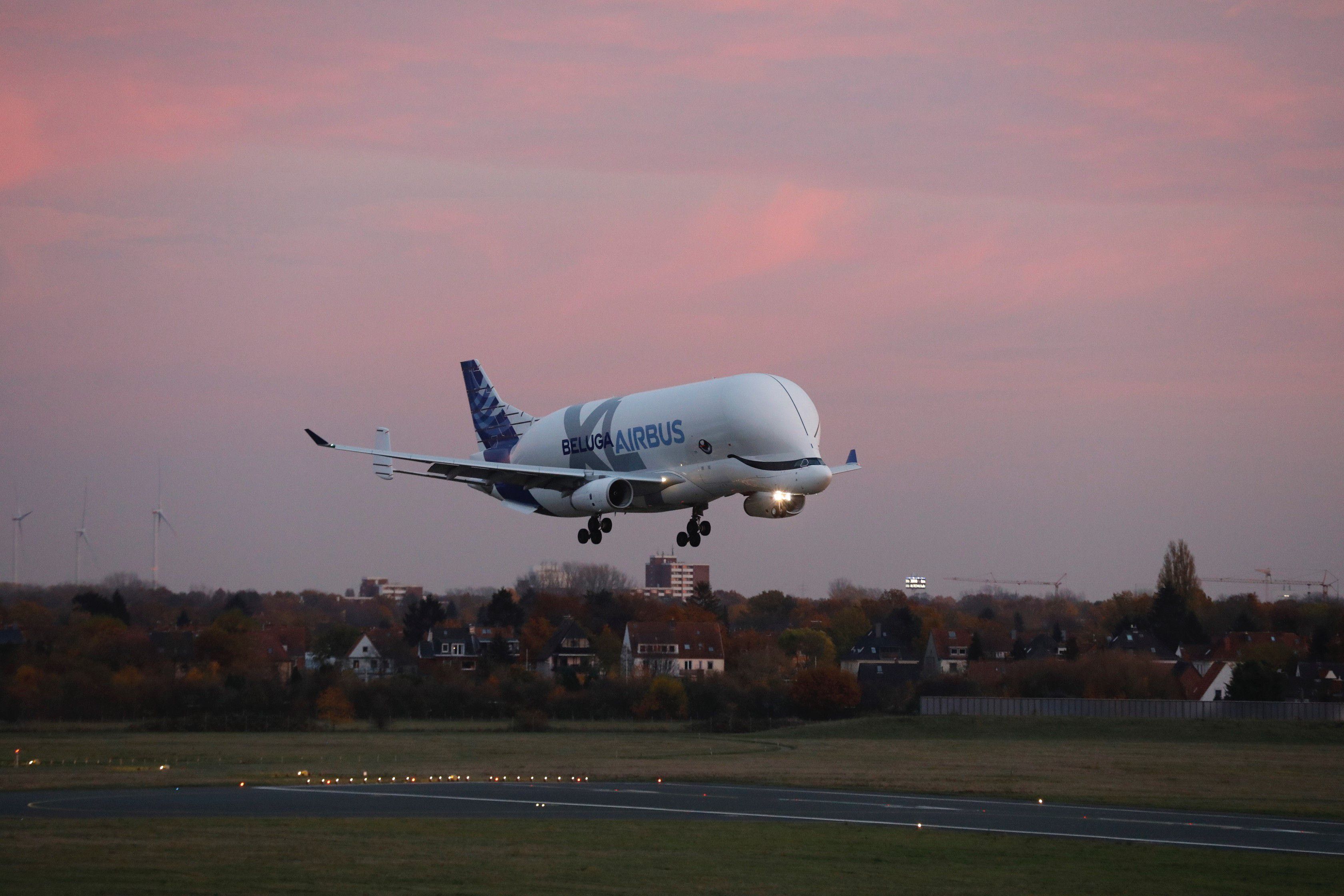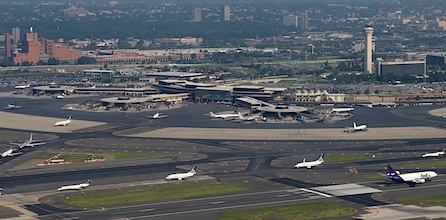A European aviation industry alliance will deploy new-generation GNSS-based landing systems, ground-based augmentation systems or GBAS, at airports across the continent, starting this year and gaining momentum in 2020. The GBAS Alliance includes airlines and aircraft manufacturers who will complementarily equip their planes with GBAS reception equipment. GBAS is recognized as a supplement to and future replacement of instrument landing systems (ILS).
The initiative seeks to enable precision CAT II/III approaches with much greater flexibility, to increase runaway capacity by up to 6% in peak traffic periods. The focus is on precision approaches in low-visibility conditions. Further, the technology allows steeper approaches, saving fuel and reducing noise and CO2 emissions. Further, GBAS improves airport capacity by letting approaching aircraft use different glide slopes to avoid wake turbulence left by preceding aircraft. According to research by EU’s SESAR initiative supported by Eurocontrol simulations, this can lead to a runway capacity increase between 2 and 6%.

The European GBAS Alliance, spearheaded by Spanish information technology and defense systems company Indra and European multinational aerospace corporation Airbus, launched at the World Air Traffic Management Congress this year. It now counts more than 20 airports, airlines and air navigation service providers (ANSPs) among its members. The alliance has a tactic of deploying a critical mass of GBAS ground stations at airports to incentivize airlines to equip their aircrafts with GBAS receivers, breaking barriers for its adoption.
Indra’s NORMARC GBAS system is capable of guiding aircraft in low visibility conditions. The technology has been extensively tested in Norway since 2005 and successfully completed flight trials at Hong Kong International Airport in March of this year.
“We need a collective effort,” said Hugo Moen, GBAS General Sales Manager at Indra. “Both airlines and airports need to make some investments, but airlines are reluctant to invest in GBAS receivers for aircraft as few airports have the required infrastructure. Likewise, airports or ANSPs are not investing since few aircraft can make use of the system.”
“In Norway, we have used GNSS-based landing systems at 17 airports for many years, with great results. It is nice to see the industry working together so more countries can benefit from this new technology,” added GBAS Product Manager Linda Lavik from Indra.






